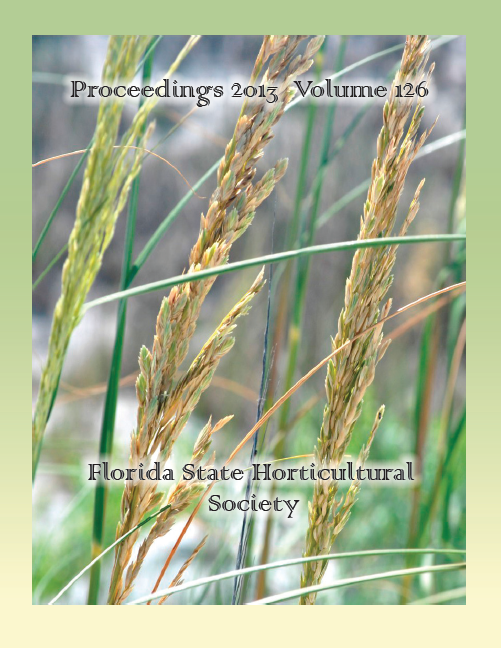Abstract
Orange juice is a rich source of flavonoids, mainly the flavanones hesperidin and narirutin, associated with health benefits in humans. The objective of this study was to analyze the uptake of flavonoids in humans after the consumption of two types of orange juice, fresh squeezed (fresh juice, FJ) and commercially extracted and pasteurized (processed juice, PJ). Preliminary measurements showed that the main flavanones in PJ were approximately three-fold higher than in FJ. This study involved healthy volunteers including 12 men and 12 women, aged 27 ± 6, with a BMI of 24 ± 3 kg/m2. Volunteers drank 11.5 mL/kg body weight of fresh orange juice, and after an interval of 30 days they drank the same quantity of pasteurized orange juice. Urine was collected from each volunteer during 24 hours following juice consumption. Urine metabolites were recovered by solid phase extraction, and measured by HPLC–ESI–MS. Analyses of the urine samples showed high concentrations of glucuronic acid and sulfate conjugates of hesperetin and naringenin. The data indicate that the concentrations of the flavanone metabolites following consumption of PJ were approximately three times higher than for FJ, thus matching the relative doses of these compounds in the juices provided to the volunteers.

